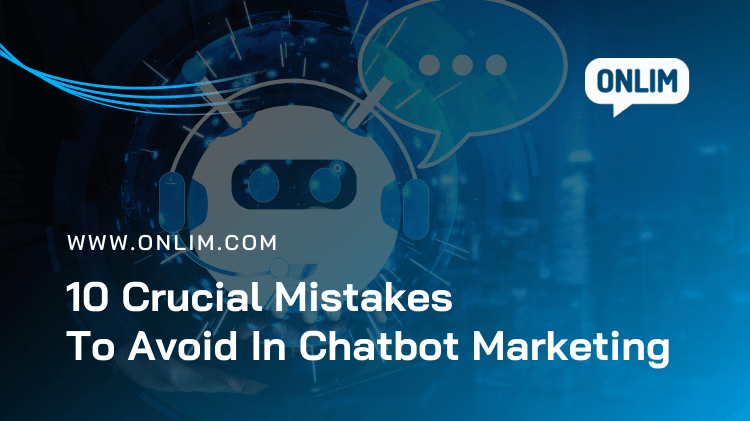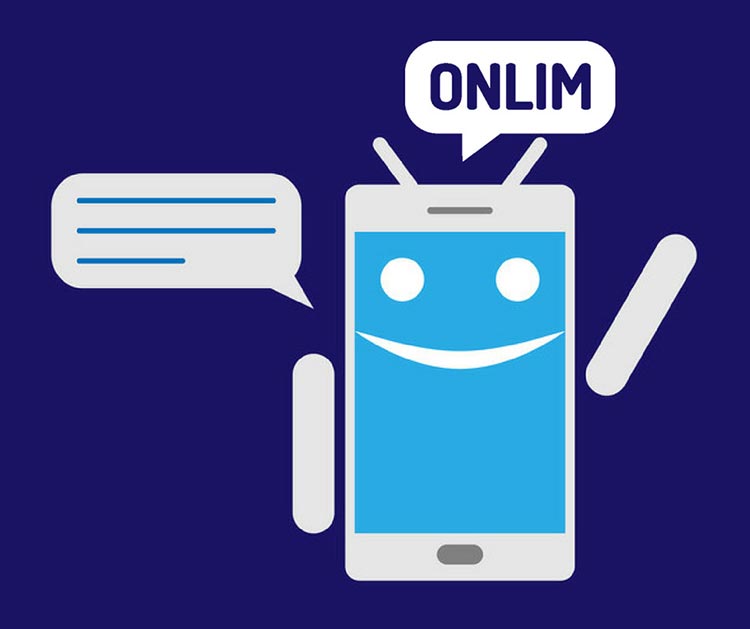10 Crucial Mistakes To Avoid In Chatbot Marketing
Guest post by Daniel Martin.
You’ve heard many successful people say, “I wish someone had told me then what I know now to avoid the mistakes I’ve made.”
The great news is you don’t have to make the same mistakes to learn from them.
Fortunately, others have made these mistakes already and have documented them, and they’re saving you the trouble.
First, what is a chatbot, and what is chatbot marketing?
A chatbot is an artificial intelligence software that simulates natural conversation. It can be anywhere from a phone conversation to a social media chat.
The application of this technology to promote products is chatbot marketing. According to statistics, 64% of internet users appreciate the 24hr service provided by chatbots. And 37% like the instant response feature.

Chatbots can be of invaluable help when used properly.
Here’s 10 crucial mistakes to avoid in chatbot marketing:
1. Being too pushy/spammy lowers customer engagement
Your chatbot needs to be able to increase customer engagement. However, make sure it does not come off as spam.
No one likes a bot that floods their gadget with unsolicited messages. As much as you want to get responses, you don’t want to risk a bad reputation on that account.
2. Providing vague or insufficient details for bot responses
Customers are looking for short and direct response solutions. If your bot is responding with unclear answers, you might as well do without it.
Providing vague details can prevent your customers from engaging with your brand.
The best bot responses are short and prompt more interaction.
You can always add a hyperlink to your bot responses. This allows you to give sufficient relevant info without being vague. It also helps you build backlinks. According to a link building report, 79.1% of SEO professionals believe link building is most effective when combined with other marketing activities.
3. Forgetting to test your bot for malfunctions
This looks like an obvious thing, but it’s often forgotten. Forgetting to test your bot can lead to catastrophic results.
Before you hand your clients over to a machine, you have to make sure it is foolproof. There can’t be any room for bugs or glitches.
Your bot represents your brand. A faulty bot reflects on the brand it represents.
4. Not informing the user that they’re interacting with a bot, not a human

Imagine how frustrating it can be getting the same redundant responses during a chat.
That is exactly how your customers will feel. Alerting the user about the bot will save them frustration and save you a bad reputation.
There’s a certain amount of grace a customer will give when they know they’re interacting with a bot.
5. Giving your bot a generic name that doesn’t stand out
This is a rookie mistake, but it’s worth mentioning. If your bot has the same name that every new bot on the block has, there’s little chance it’ll get selected.
Give your bot a name that will catch the customer’s eye right away. Using names that don’t distinguish your bot from the rest of the crowd is a lazy mistake.
6. Having no chatbot marketing strategy
If you want to turn your strangers into loyal customers, you need a marketing strategy.
It is important to configure your bot with this strategy in mind. Make sure your bot serves a very specific role in achieving your goals within your strategy.
It pays to be organized. Works like a charm, every time.
7. No bot manager

No matter how good your AI software is, it cannot replace human intelligence.
You can have your bot configured to give the best answers to all the frequently asked questions. You’re going to need to watch your bot. Humans are unpredictable. You cannot guess all the questions they might ask. A bot manager will save you from unnecessarily losing customers.
8. Forgetting to adjust your bot to different buyer personas
There are different types of buyer personas that will visit your site in other words your ideal customers. For example, some of these customers might be looking for basic information about your services and others just like to make a purchase.
Whenever you market your chatbot, don’t forget to identify these different types of personas and adjust your chatbot responses to cater to their needs.
Whenever you adjust your chatbot responses to your different buyer personas, as much as possible don’t make your chatbot sound too monotonous/ robotic. This will make your customers feel alienated and you’ll eventually lose them. Try to go the extra mile and humanize it so as to set it apart from your competition. If you apply this technique, you’ll attract more users.
9. No dedicated page or website for your chatbot
A dedicated page or website for your chatbot is crucial for your marketing campaigns. Having a special page or website allows your chatbot to gain visibility for your customer base. This exposure will also drive more traffic which can bring in new customers.
A dedicated page or website can be a place where you can provide customer service to your users. You do this by addressing their specific questions and needs. This limits their frustrations.
10. You aren’t analyzing your chatbot results
If you aren’t analyzing your chatbot results you won’t know how it is doing and what areas you need to improve. A chatbot’s success can be measured using a number of metrics. For instance, customer satisfaction, completion rates, speech analytics feedback, etc. The goal is to improve the customer experience. Make sure your chatbot fulfills all these criteria.
Conclusion
Chatbot marketing can be very daunting for those who are new to this experience. We hope this blog has helped you identify some of the mistakes you should avoid when making your marketing plans.
Author’s Bio:
Daniel Martin loves building winning content teams. Over the past few years, he has built high-performance teams that has produced engaging content enjoyed by millions of users. After working in the Aviation industry for 9 years, today Dani applies his international team-building experience in LinkDoctor to assist in solving his client’s challenges. Dani also enjoys photography and playing the carrom board.
What are Large Language Models (LLMs)?
March 18th, 2024|
What are chatbots and how do they work?
November 23rd, 2023|
The AI Act and its impact on the use of chatbots
October 27th, 2023|



